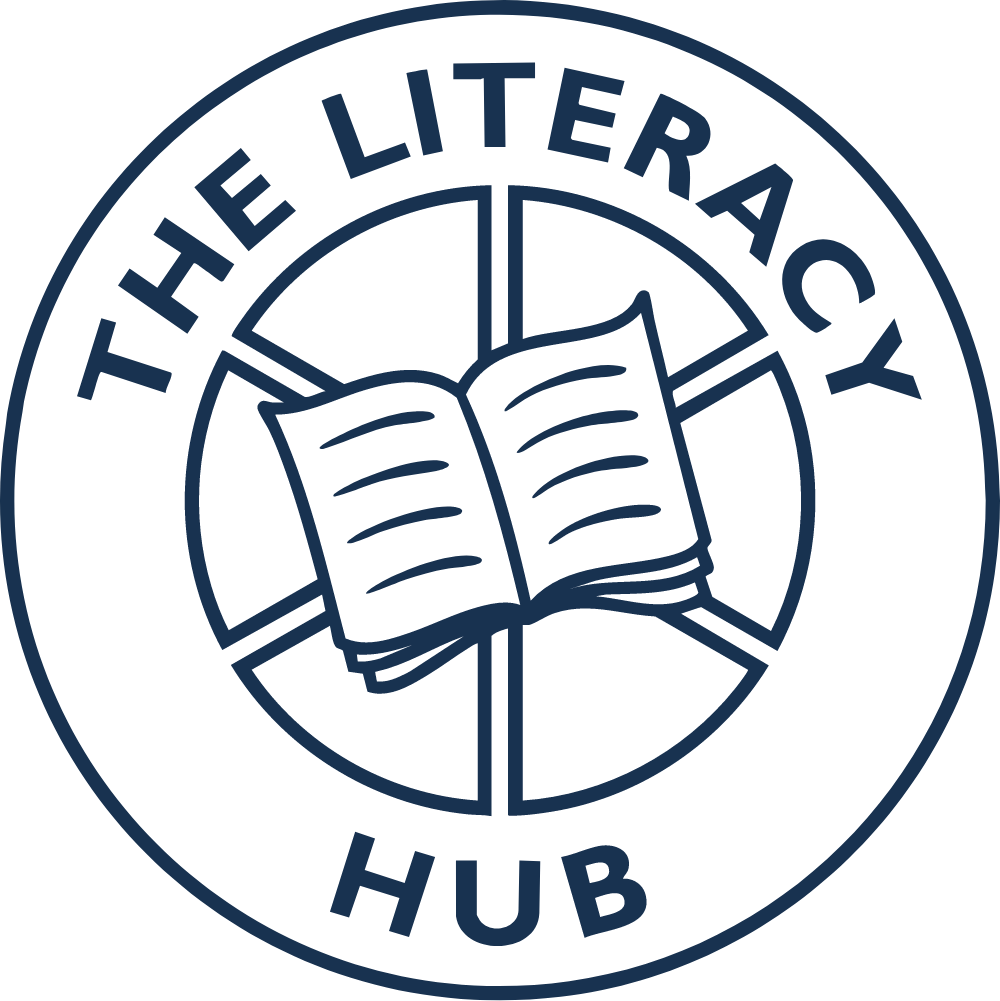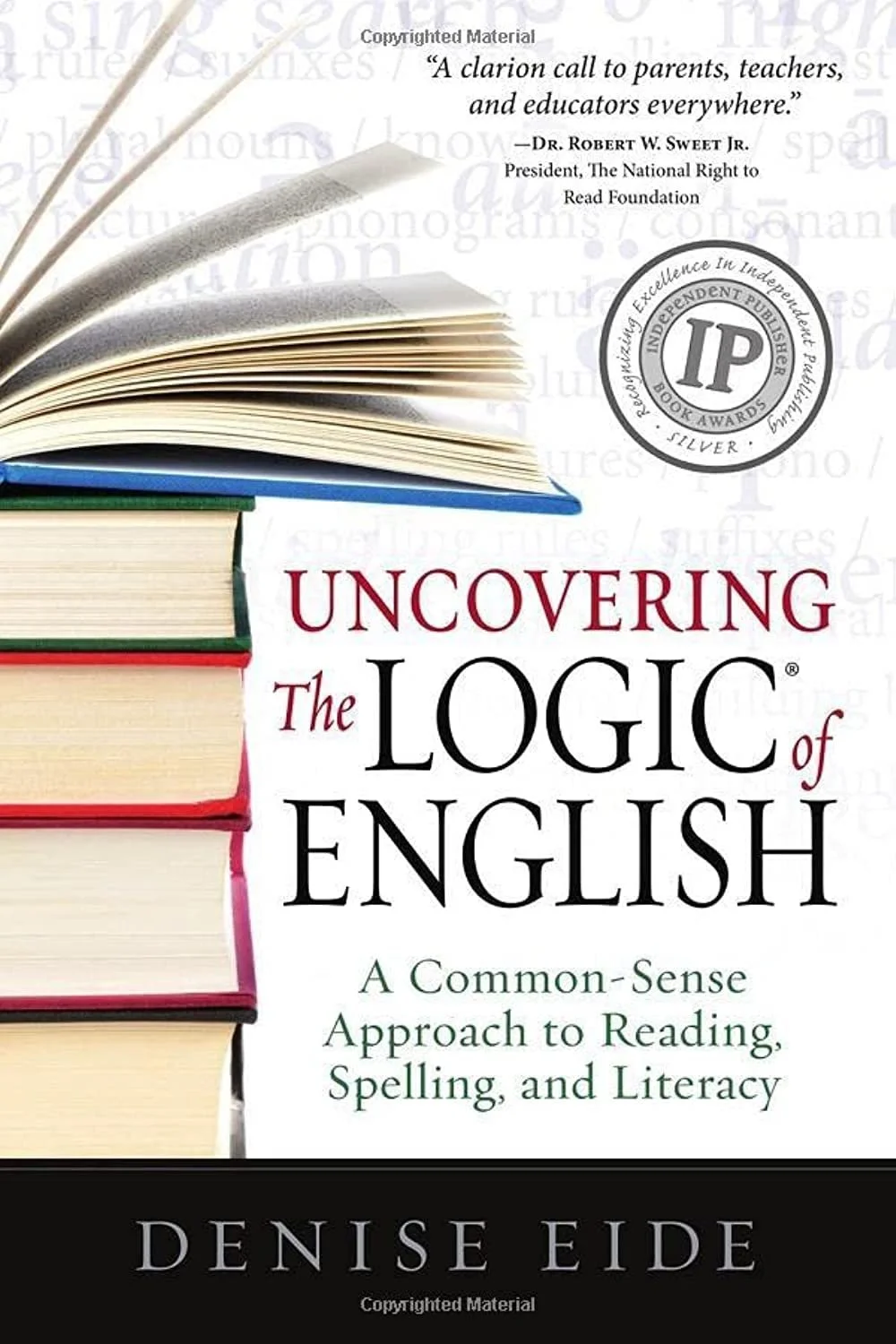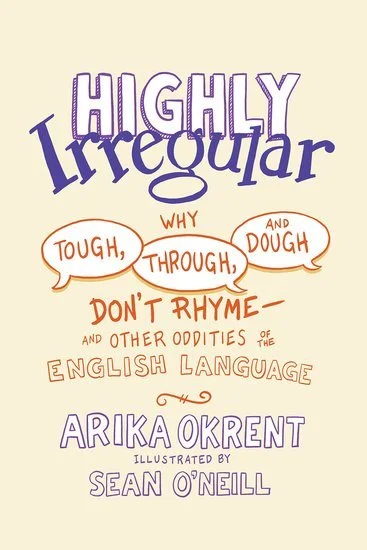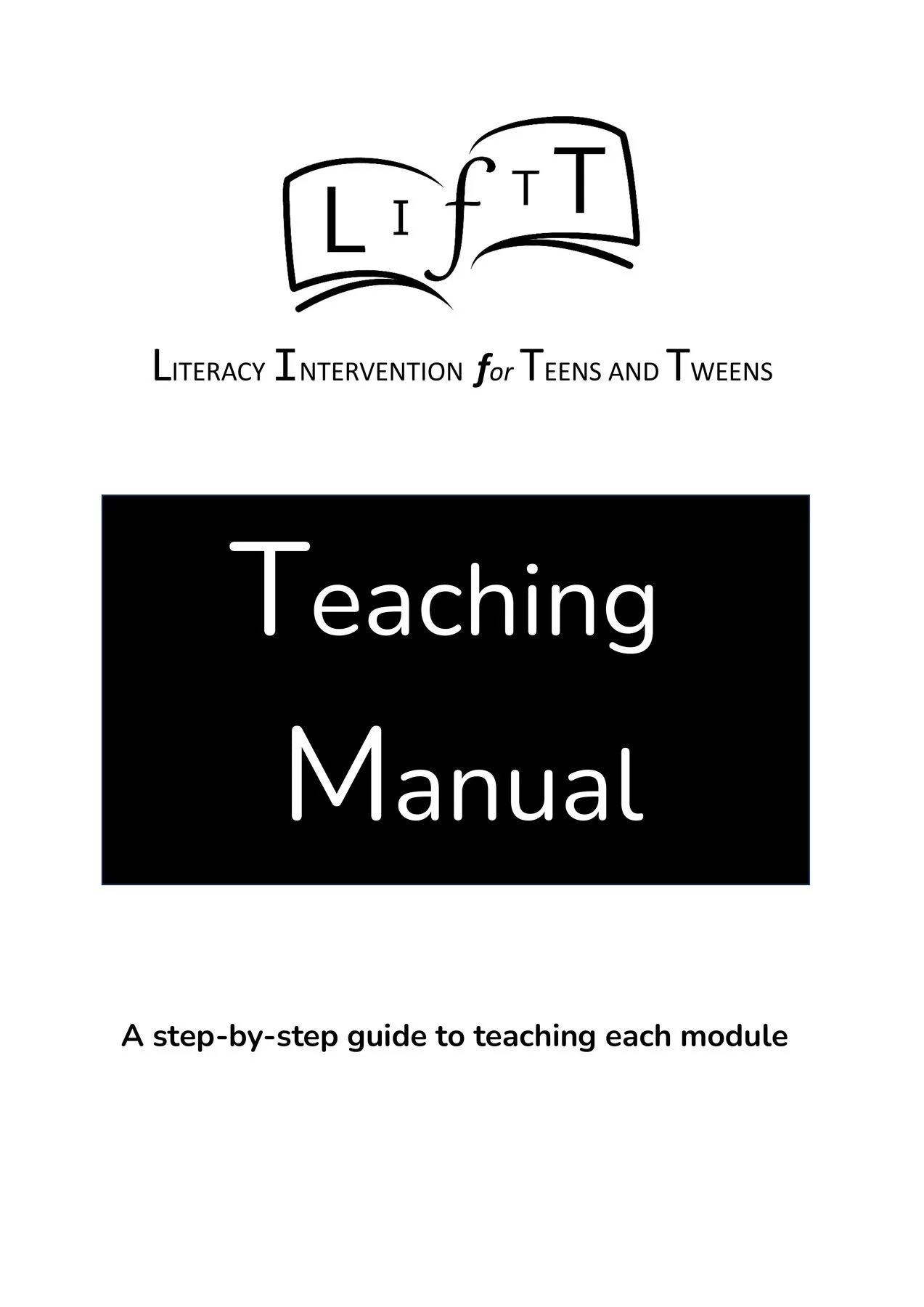Top recommendations for teaching spelling
To help students to improve their spelling, you need to understand how the English spelling system works and the best ways to assess and teach spelling. It’s hard to find resources that cover both of these areas, but the recommendations below can be used to complement each other to give you the full picture.
To cover all bases…
Spelling It Out by Misty Adoniou
Spelling It Out is an excellent overview of how to teach spelling. It’s wide-ranging yet concise, and extremely accessible. The author summarises how each linguistic component – Phonology, Orthography, Etymology and Morphology (POEM) – affects how English spelling works. In addition, she gives practical guidance on how to teach spellings in a meaningful context, how to design a spelling programme, and how to assess spelling.
To understand the underlying structure of English…
Beneath the Surface of Words by Sue Scibetta Hegland
This is my favourite book for understanding the principles behind English spelling and the structure of words. Sue Hegland clearly explains the different factors that can explain why a word is spelled in a particular way. She also introduces word sums and morphological matrices as a means to illustrate the structure of words and the connections between them. This book isn’t a teaching manual, but it will nevertheless give you the tools you need to help your students to improve their spelling.
To get acquainted with rules and patterns…
Uncovering the Logic of English by Denise Eide
While it doesn’t tell you how to teach spelling, Uncovering the Logic of English is a great reference if you want to look up a spelling ‘rule’. It’s written in a fairly conversational style, and is very accessible. It introduces the main graphemes, and patterns in their distribution. In addition, it describes the suffixing conventions, and explains the ‘exceptions’ that can arise when different conventions interact. It also highlights the usefulness Greek and Latin roots/bases for understanding how words are built.
For sample lessons and explanations…
Spelling for Life by Lyn Stone
Of the books that I’ve recommended in this post, Spelling for Life gives the most detail about how to teach particular spelling concepts. Lyn Stone gives example lessons for how to teach concepts such as the jobs of Final Silent E, when to double consonant letters, and which consonant letters to avoid at the end or words. Her approach to ‘exception words’ as something to be investigated systematically is particularly helpful.
For background knowledge…
Highly Irregular by Arika Okrent
This book is a series of short explorations of ‘oddities’ in English spelling, grammar and vocabulary. Each example highlights an interesting influence on how English has developed. Therefore, after reading all these little case studies, you’ll come away with a good knowledge of the causes underlying many ‘irregularities’ in English spelling.
A mine of information…
The Real Spelling website is really useful if you want in-depth answers to your spelling questions. It is packed with interesting information. Sometimes it can be a bit difficult to find exactly what you need, but usually it will be there somewhere! Videos are often included alongside written explanations. You do have to pay to access the site, but I’ve found it well worth it.
And a bit of self-promotion…
Teaching Manual for the LIfTT intervention
I’m also slightly cheekily going to add the LIfTT Teaching Manual to this list because it’s cheap, and it gives educators information about how the spelling system works and explains how to teach each topic to adolescent students. (Plus accompanying resources are available within the LIfTT intervention if you want them.)






